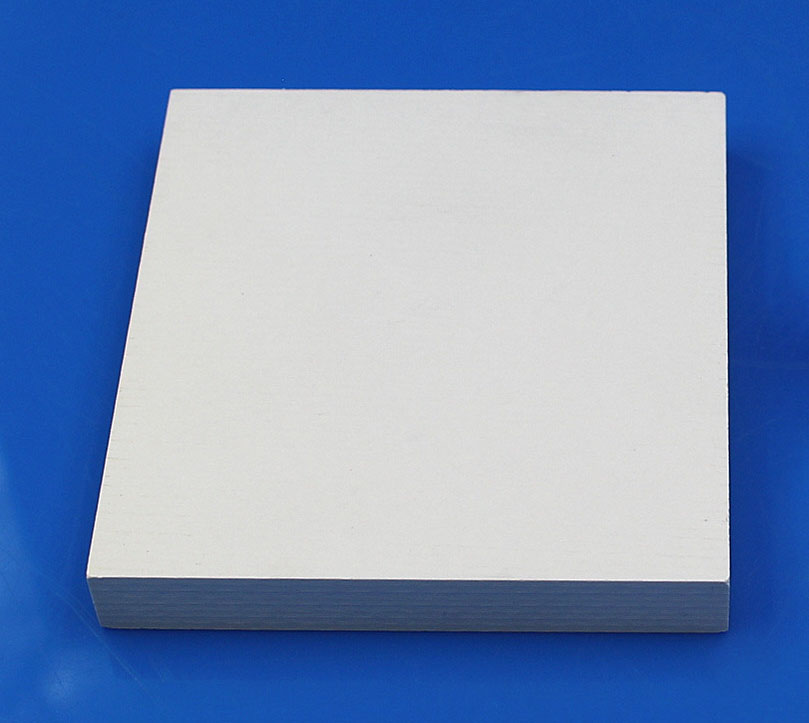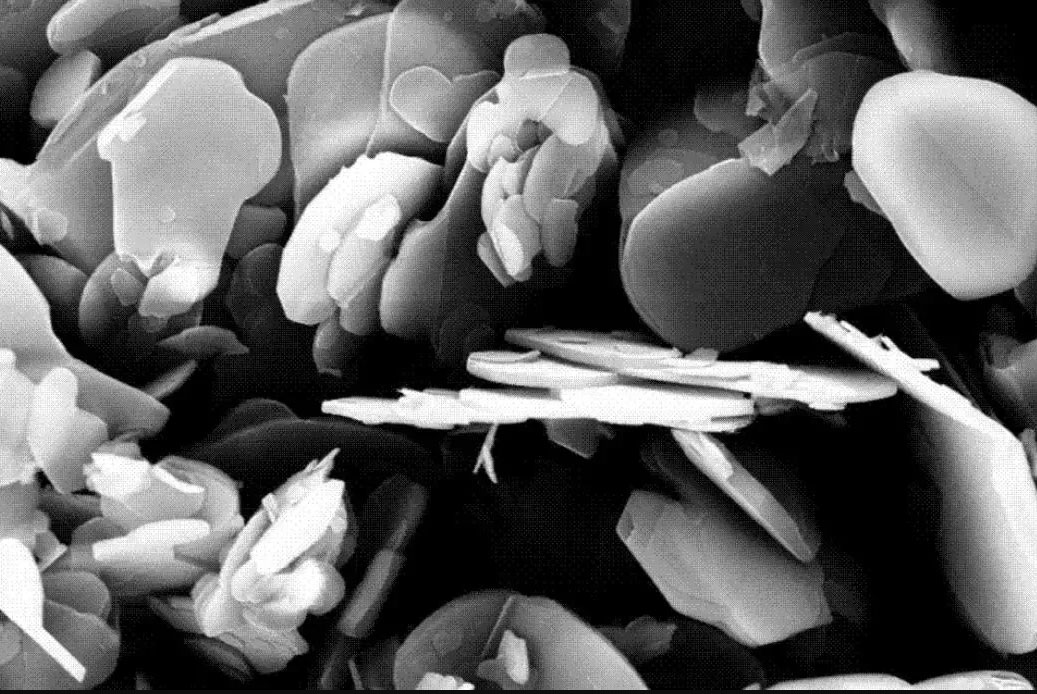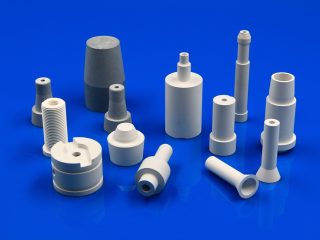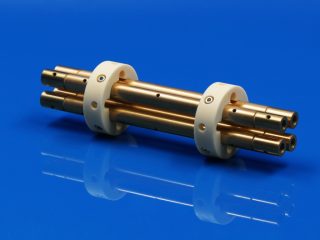
The momentum of the development of electric vehicles is very strong. In 2021, the annual penetration rate of electric vehicles has exceeded 12%, which is directly nearly doubled from last year.
Therefore, in order to ensure the safety performance and service life of the core components of electric vehicles, the “three powers” and the charging piles, we need to release the heat in a timely and effective manner. This is the thermal management material, and the thermal interface material (Thermal Interface Materials, TIM) Plays a very critical role in thermal management.
Commonly thermal interface materials are mostly based on resin and thermally conductive fillers are added as needed. The thermal conductivity of the resin matrix is poor, and it needs to be filled with thermally conductive fillers to effectively adjust its thermal conductivity to meet the requirements of use.

The types of fillers can be divided into three categories: metallic thermally conductive fillers, carbon-based thermally conductive fillers, and inorganic thermally conductive fillers. Common metal thermal conductive fillers mainly include Al, Cu, Ag, and so on. Carbon-based thermal conductive fillers mainly include graphite, graphene, carbon nanotubes and carbon fibers. Inorganic thermal conductive fillers mainly include boron nitride (BN), silicon carbide (SiC), aluminum nitride (AlN), and so on.




 Enquiry
Enquiry